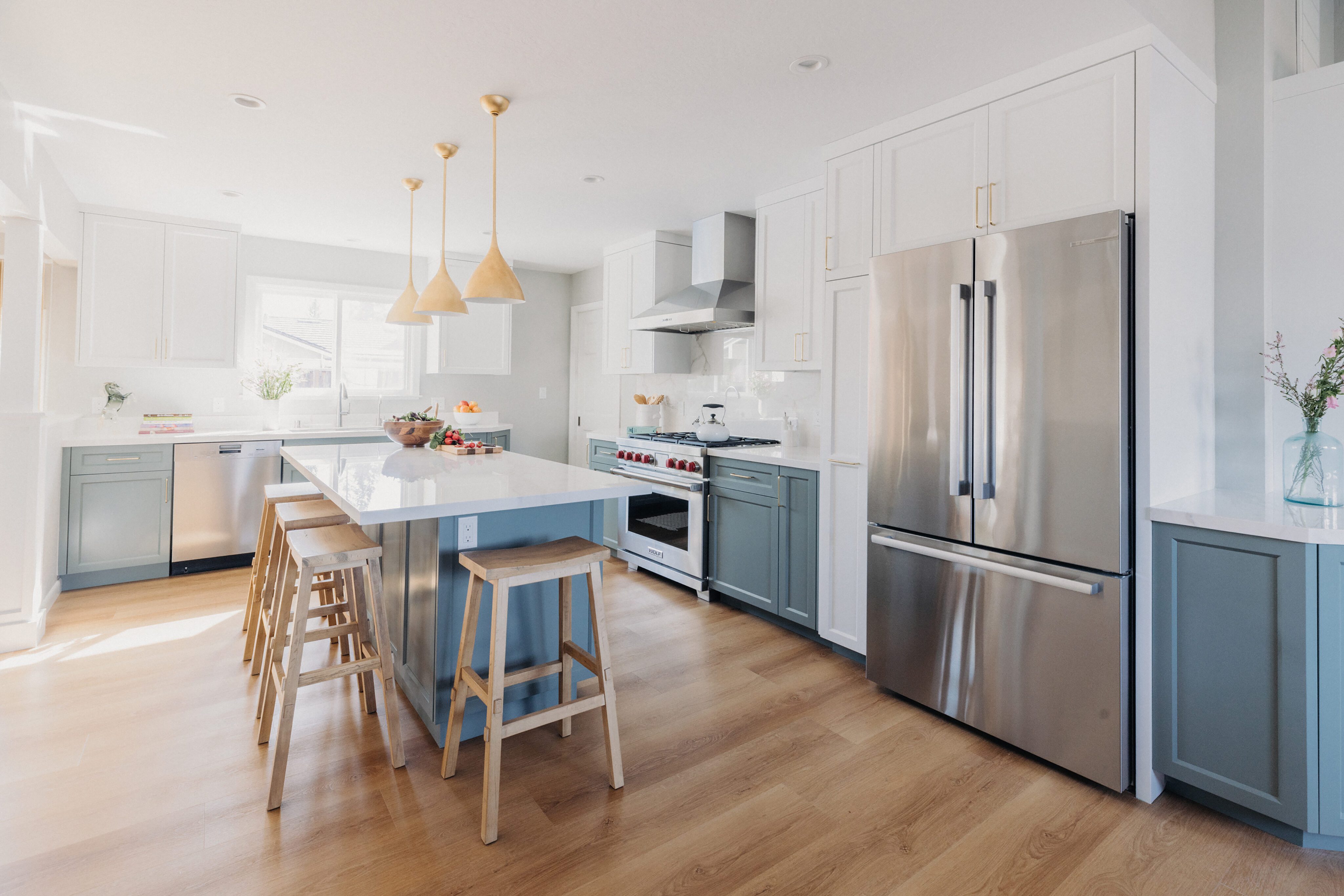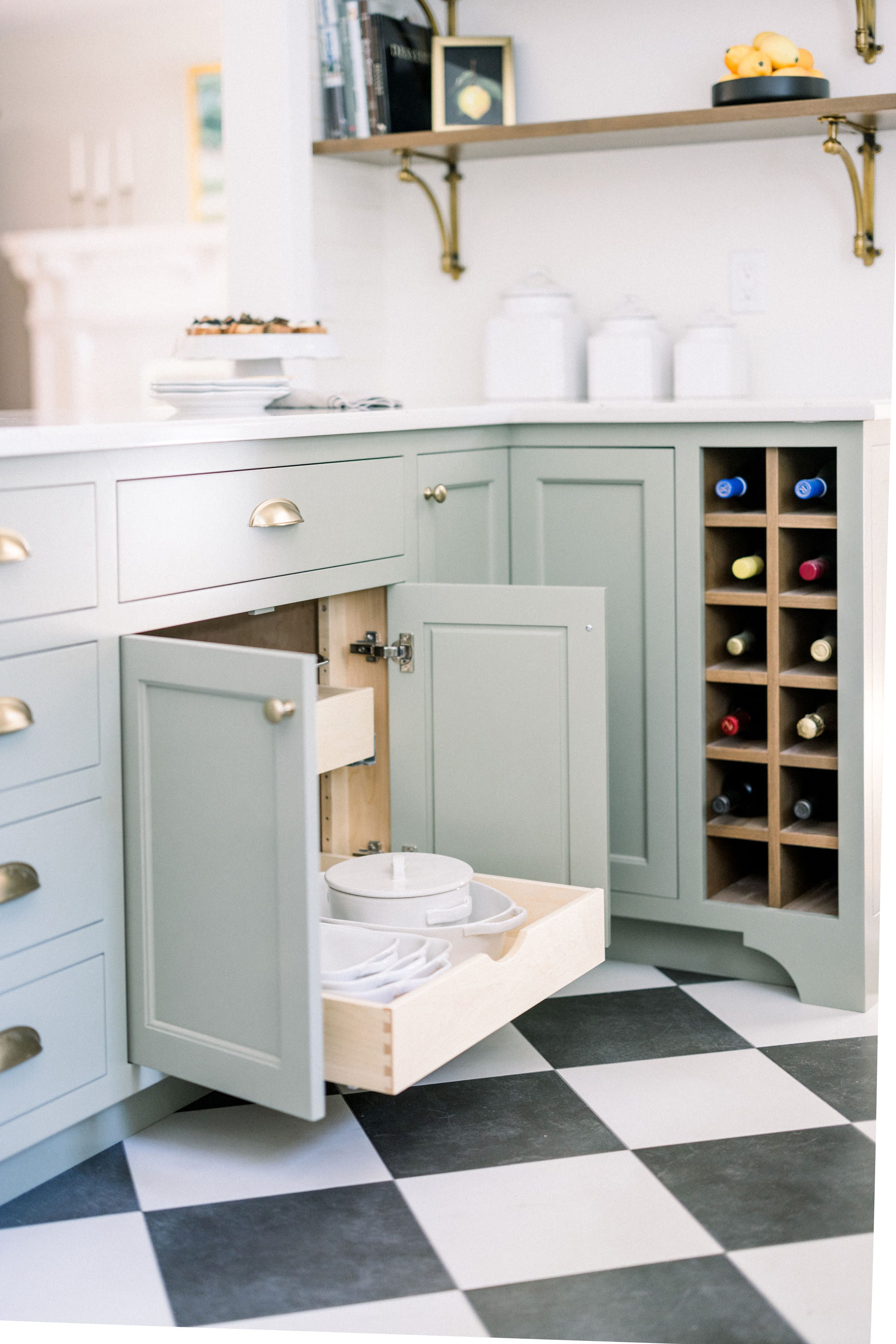In the dynamic world of home design, one consideration stands out for its practicality and foresight: universal design. This approach aims to create spaces that are accessible and functional for people of all ages and abilities, ensuring your home remains comfortable and usable no matter what the future holds. Whether you’re building a new house or renovating an existing one, incorporating universal design principles can add lasting value and convenience to your home. Here’s how to future-proof your living space with universal design.

What is Universal Design?
Universal design is about creating environments that are inherently accessible to everyone, regardless of their age, size, or ability. It goes beyond just accommodating people with disabilities; it’s about making everyday living easier and more efficient for everyone. This design philosophy includes features that enhance usability and safety, making homes more adaptable to changing needs over time.

Key Principles of Universal Design
1. Equitable Use:
The design is useful and marketable to people with diverse abilities. For example, a zero-step entry ensures that everyone, from parents with strollers to individuals using wheelchairs, can easily enter the home.
2. Flexibility in Use:
The design accommodates a wide range of individual preferences and abilities. Adjustable countertops and pull-out shelves cater to people of different heights and mobilities.
3. Simple and Intuitive Use:
The design is easy to understand and use, regardless of the user’s experience or cognitive ability. Clear, intuitive controls and labeling on appliances are a good example.
4. Perceptible Information:
The design communicates necessary information effectively to the user, regardless of ambient conditions or the user’s sensory abilities. This can include tactile indicators on control panels and task lighting to improve visibility.
5. Tolerance for Error:
The design minimizes hazards and the adverse consequences of accidental or unintended actions. For instance, induction cooktops reduce the risk of burns, as they only heat the cookware, not the cooktop itself.
6. Minimal Physical Effort:
The design can be used efficiently and comfortably with a minimum of fatigue. Lever-style door handles, touchless faucets, and automated lighting systems all reduce the effort required for everyday tasks.
7. Size and Space for Approach and Use:
Appropriate size and space are provided for approach, reach, manipulation, and use, regardless of the user’s body size, posture, or mobility. Wider hallways and doorways, and open floor plans ensure easy movement throughout the home.

Practical Applications in Home Design
Entryways and Doorways: Install zero-step entries and wider doorways (at least 36 inches) to accommodate wheelchairs and other mobility aids. Lever-style handles are easier to use than traditional knobs, particularly for those with limited hand strength.
Kitchens: Consider adjustable countertops and pull-out shelves to make the kitchen accessible to everyone. A side-by-side refrigerator/freezer and a wall-mounted oven at a convenient height are practical choices. Place frequently used items within easy reach to avoid excessive bending or stretching.
Bathrooms: Incorporate walk-in showers with non-slip flooring and bench seating. Install grab bars near the toilet and in the shower, and consider a comfort-height toilet for ease of use. Handheld showerheads and single-lever faucets are also beneficial.
Lighting: Ensure ample lighting throughout the home, with adjustable, dimmable fixtures. Motion-sensor lights can be particularly useful in hallways and bathrooms, reducing the risk of falls at night.
Technology: Integrate smart home technology to enhance accessibility and convenience. Voice-controlled systems, automated window treatments, and smart thermostats can all be controlled without physical effort.

Planning for the Future
Incorporating universal design elements now can save you time, money, and hassle later. As you plan your home, think about how your needs might change over the next 10, 20, or 30 years. By designing with the future in mind, you ensure that your home remains a comfortable, welcoming space for all stages of life.
Universal design is more than a trend; it’s a thoughtful approach to homebuilding that prioritizes comfort, safety, and accessibility for everyone. If you’re future-proofing your living space for years to come, don’t hesitate to reach out to the Next Stage team today.


